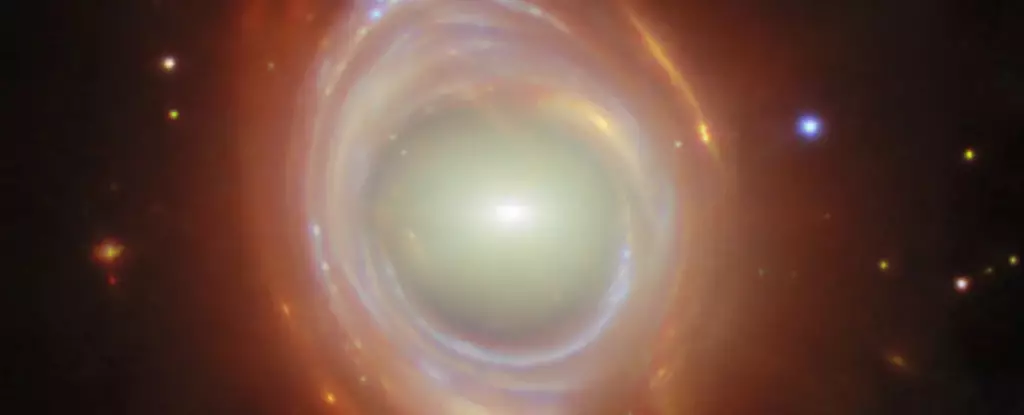In the realm of physics, few theories have revolutionized our understanding of the universe as much as Einstein’s general relativity. One of its most mesmerizing predictions is the gravitational deflection of light—an effect that reshapes our perception of the cosmos. This phenomenon, first verified during a total solar eclipse in 1919, not only provided empirical support for Einstein’s groundbreaking ideas but also opened a gateway into the enchanting world of celestial optics.
The initial observations revealed that light from distant stars bends around massive objects like our Sun, altering our view of the night sky. The stars, which typically twinkle as mere points of light, exhibit an apparent displacement when they are near a celestial body with significant mass. The implications of this effect extend far beyond simple stargazing, leading us to a phenomenon known as gravitational lensing, which has crucial applications in modern astrophysics.
The Art of Gravitational Lensing
Gravitational lensing occurs when light from a distant galaxy is warped around a nearer mass—such as another galaxy or galaxy cluster—creating a stunning display of cosmic images. This bending of light serves not only to distort our view of the faraway stars but can also enhance their luminosity, allowing astronomers to study galaxies that would otherwise be too faint to observe. Through this celestial magnifying glass, researchers unveil the mysteries of the universe, probing into its most ancient layers.
One of the most striking manifestations of this phenomenon is the formation of what is called an Einstein Ring. When a distant galaxy aligns perfectly behind a closer galaxy, its light encircles the foreground galaxy, resulting in a brilliant, ring-like structure. Despite Einstein’s acknowledgment of the theoretical underpinnings of this effect in 1936, he remained skeptical about the possibility of directly observing it. Ironically, contemporary advancements in telescope technology have vindicated his ideas, allowing us to witness dozens of these astonishing rings scattered across the fabric of space.
The Beauty of Cosmic Perspectives
Recent discoveries, such as one captured by the James Webb Space Telescope (JWST), underscore the awe-inspiring nature of gravitational lensing. In this spectacular image, the elliptical galaxy SMACS J0028.2-7537 stands prominently in the foreground, its light bent perfectly to frame a distant spiral galaxy—akin to our own Milky Way. This cosmic ballet not only reveals the intricate design of the universe but also reminds us that beauty is often contingent on the observer’s vantage point.
The juxtaposition of the close galaxy and the colorful, far-off spiral helps to illuminate a profound truth about our universe: perspectives matter. Just as the same painting can evoke different emotions based on the viewer’s experience, so too does the cosmos shift in beauty depending on where one stands. The ability to perceive these magnificent structures is not merely a testament to our scientific progress; it reflects the deep connection between observation and appreciation in the expansive universe.
Astronomy, through its lensing effects and distortions, teaches us that reality is often more intricate than it seems. With each new discovery, whether through engagement with gravitational lensing or the capture of an Einstein Ring, we inch closer to understanding our cosmic surroundings and the profound beauty interwoven within the starlit tapestry of existence.

